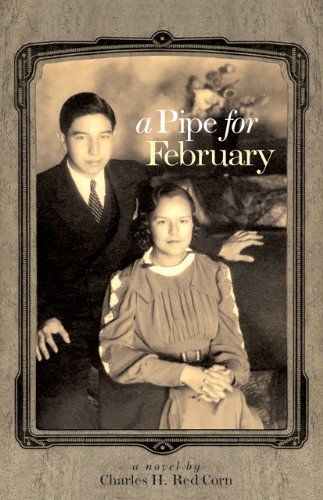A Pipe for February
They’ve gone from teepees to mansions; from riding ponies to driving Pierce Arrows; from hunting buffalo to hunting a murderer. Set in nineteen-twenties Oklahoma, based upon true facts, this novel shows Osage Indians with college educations who travel the globe, dress in flapper fashions, and wine and dine well. Oklahoma oil, found on Osage land, has made these Native Americans the first oil-rich population in the world.
However, wealth has made them targets. The United States Bureau of Indian Affairs (BIA) presumes Indians are unlearned; they need “protection” from scammers who would steal their oil rights. The local Agent superintends all Osage financial requests, using funds from the tribal account’s stored millions. The situation holds open the door, pulling corruption inside. Stalking their victims, greedy wheeler-dealers want a piece of the action. To get it some are willing to commit murder.
The grim tale unfolds through the eyes of young artist John Grey Eagle. Two family members die under mysterious circumstances. Cousin Molly is threatened and another relative courts what could be a murderous relationship. John sets out to find the killer or killers.
Red Corn takes his time developing this plotline. In prose sometimes stiff, yet filled with descriptive beauty, he deliberately titillates, making the reader ingest teaspoons of trivia first. It works. As counterpoint, tribal elders keep alive the old customs and rituals, but the young people, caught up in the Jazz Age, still hear the tribal drums– particularly John, who wishes to memorize the old prayers and songs. Red Corn’s best writing occurs when he leaves the white man’s world and enters the world of the Osage. The cadence changes. First time author Red Corn, an Oklahoma Osage himself, beautifully captures his people’s thought and speech patterns. Hence lies the truth of this remarkable book.










